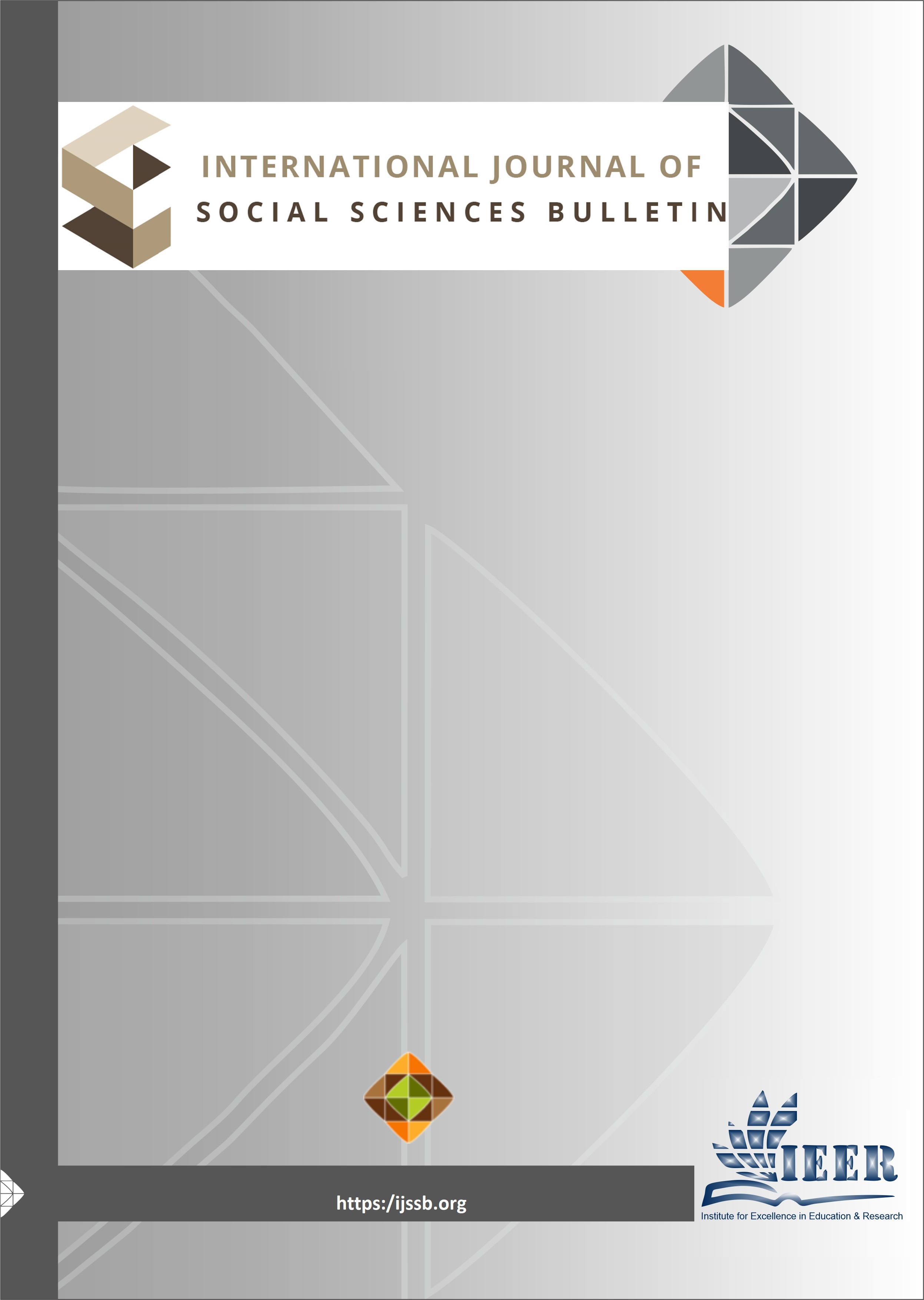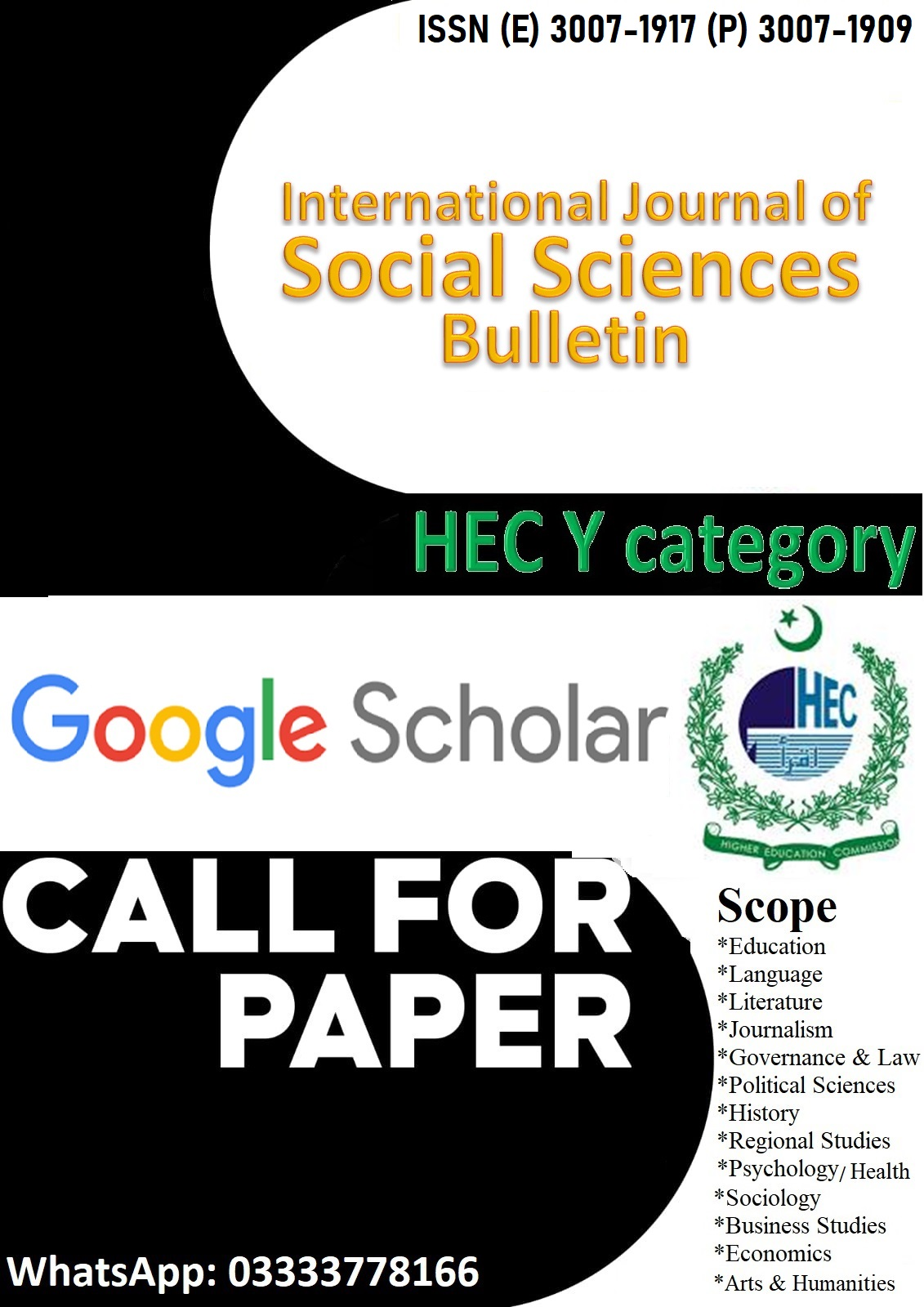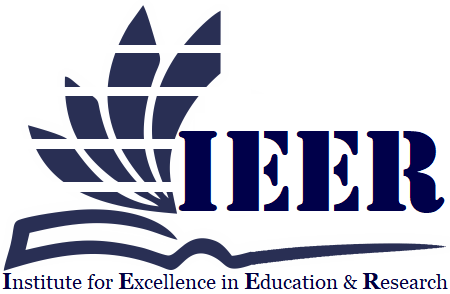THE ROLE OF AI-DRIVEN MARKETING ON CONSUMER PURCHASE DECISION: A CONTEXTUAL STUDY IN THE TEXTILE INDUSTRY OF PAKISTAN
Keywords:
Artificial Intelligence (AI), AI-driven Marketing Techniques, Consumer Behavior (CB), Consumer Purchase Decisions (CPD), Personalization (PER), Consumer Trust (CT), Consumer Familiarity (CF)Abstract
AI has revolutionized marketing, making it possible for companies to predict consumer behavior and achieve their objectives. This study seeks to investigate the role that AI-driven marketing plays in determining consumer purchasing decisions within the textile industry. This study covers the gap by investigating how AI marketing methods like product recommendations, dynamic pricing, and chatbots co-exist with consumer trust and familiarity with AI systems. This research used a quantitative research design. The data gathering was conducted through structured questionnaires among consumers who bought textiles within the last year. It considers four major variables: AI-driven marketing techniques, the familiarity of consumers with AI, the trust of consumers in AI, and the influence of their combination on purchase decisions. The results show that AI-driven marketing positively impacts consumer trust and decision-making regarding buying behavior, but the degree of effect is different. A trust mediator appeared, such as systems, while consumer familiarity was also established as a moderator by adding an enhancing effect on the trusting intentions of the consumer. The findings underpin the need for transparency and good practices in AI marketing to be trustworthy with consumers. The findings further point toward educating consumers to become more familiar and accepting of AI technologies.
Downloads
Published
Issue
Section
License

This work is licensed under a Creative Commons Attribution-NonCommercial-NoDerivatives 4.0 International License.

















